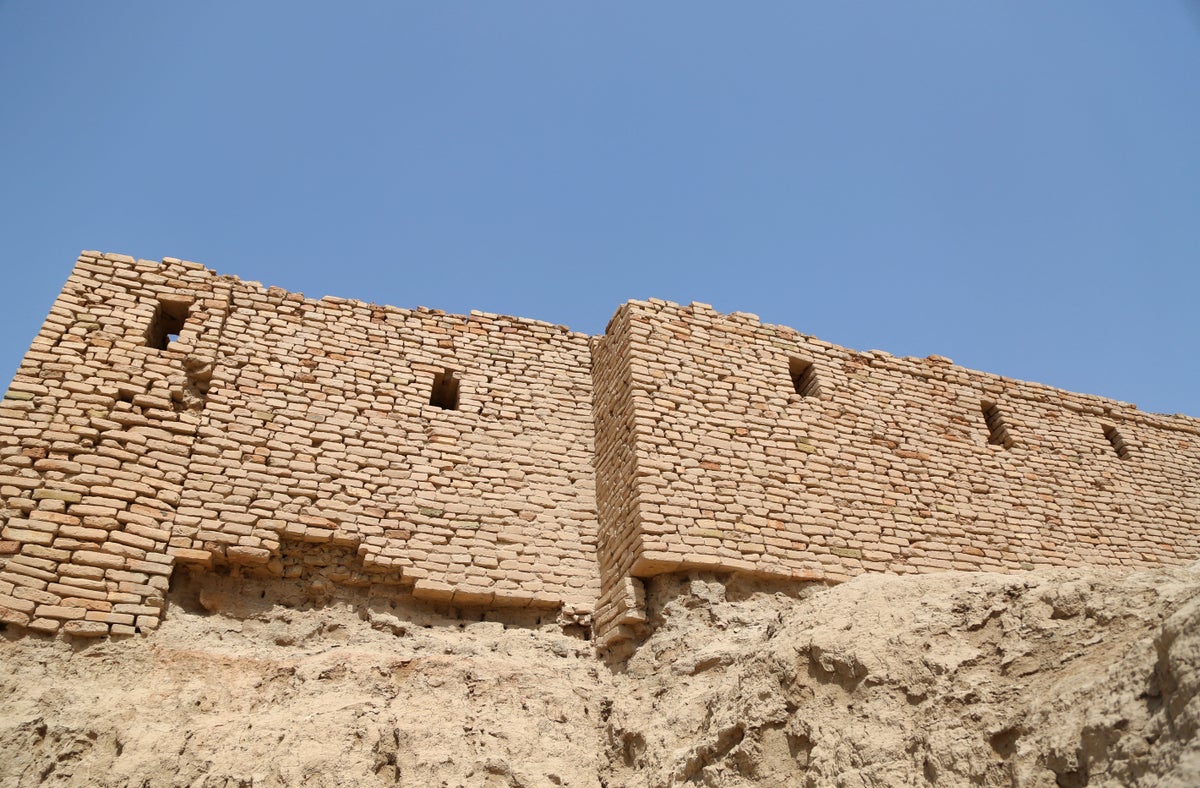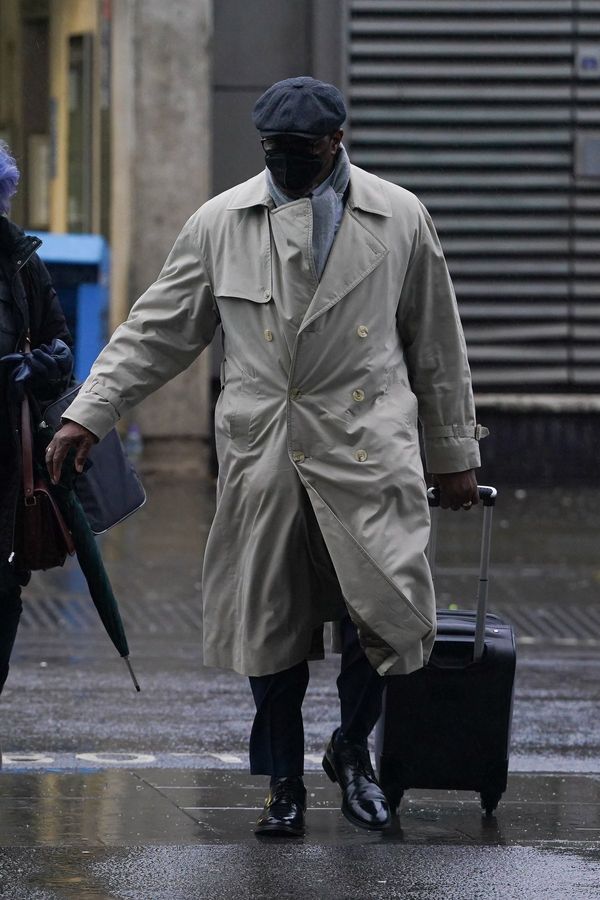
Ruins of an ancient tavern dating back to about 5,000 years have been unearthed by archaeologists at the site of one of the earliest cities of the Sumerian civilisation.
Researchers from the University of Pennsylvania (UPenn) uncovered ruins of a primitive refrigeration system, benches for diners, a large oven as well as an ancient beer recipe in southern Iraq.
They found about 150 serving bowls, with some containing fish and animal bones, suggesting it was likely a place for common people from the ancient city to come to eat.
A synopsis of the excavation on the UPenn website described what archaeologists believed could be a temple and a tavern in the ancient city.
“We call it a tavern because beer is by far the most common drink, even more than water, for the Sumerians,” archaeologist and project director Holly Pittman told AFP.
Researchers also found multiple ovens, based on which they suspected the structure was likely also a temple kitchen.
In one such excavated area, she said there was an ancient beer recipe found on a cuneiform tablet.
They also found the remains of another ancient building with a large oven, baked-brick basin and many ceramic vats which the excavators suspect may have been part of a brewery.
Archaeologists also uncovered another complex southeast of this area, containing a large number of seal impressions and tablets.
They initially suspected this complex may have likely had an administrative function.
Later analysis suggested it was a craft workshop with devoted sectors for metalworking, wool processing, reedworking and possibly “scribal education”.
The new findings are yet to be peer reviewed and researchers said they hope to further analyse the remains to learn more about the work lives of the people who used the tavern and shed new light on the social structure of these early cities.
“There is so much that we do not know about this early period of the emergence of cities and that is what we are investigating,” Dr Pittman said.
Researchers hope to conduct detailed analysis on the samples taken during the excavations in November last year, reported CBS News.







